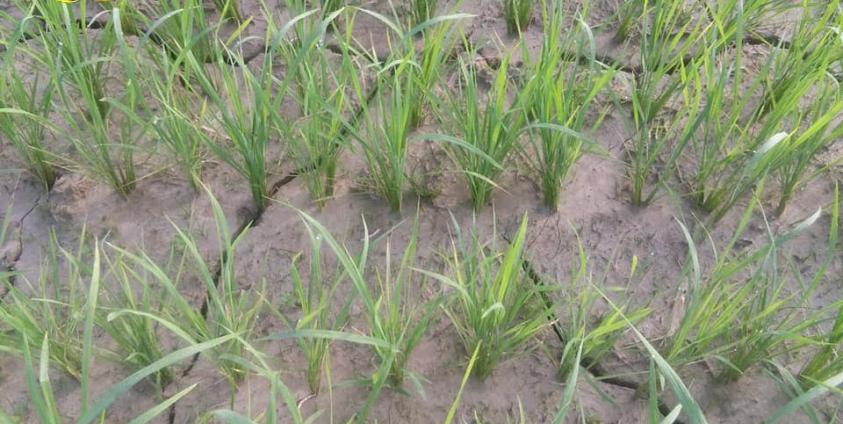Located in-between the Bay of Bengal and the high Arakan Roma mountain range, Rakhine State is identified as a rainfed region of Myanmar. But because of the climate change, the western Myanmar region is not receiving sufficient rains this raining season.
The rainy season in Rakhine normally begins by June and continues till October. The months of June, July and August witness heavy rains (up to 200 inches). However, this year the State has not experienced normal rains till the end of July.
According to a Myanmar weather department’s report, the region has witnessed less rainfalls (around 100 inches). The farmers have found it difficult to cultivate on time. Whatever rice plants were cultivated, those are dying due to lack of rain water.
U Ba Aye, a farmer from Mrauk U township, said that due to the heat most of his rice plants were dried up.“When it rains, we plow the field, but this time it rained very little. So our rice plants are dying,” he added.
Kyauk Township, the rice bowl of Rakhine, has more than 90000 acres of Riceland, but till date only 25 percent of the paddy field has been planted as there was no sufficient rain.
U Than Win Chey, a farmer from Kyauk Township, informed Narinjara News that if there is no rain in the coming days, the already planted fields would be dried up.
"If we do not get rains by next 15 days, we will not be able to replant. So there will be no grain this year. The farmers will have to suffer more," he added.
Many Rakhine townships are now facing this drought and the farmers are worried for the days to come. Rakhine people are mostly dependent on the agriculture produces and 80 percent of them are traditional farmers.
U Thein Tan, a farmer from Kyauk Phyu also informed that they too have not experienced rains in the last few weeks.
Increasing price of fertilizers and the fuel and lack of bank loans have made the situation more complicated. Many farmers have even given up the practice of farming in Rakhine State, revealed the Arakan National Farmer’s Union.







